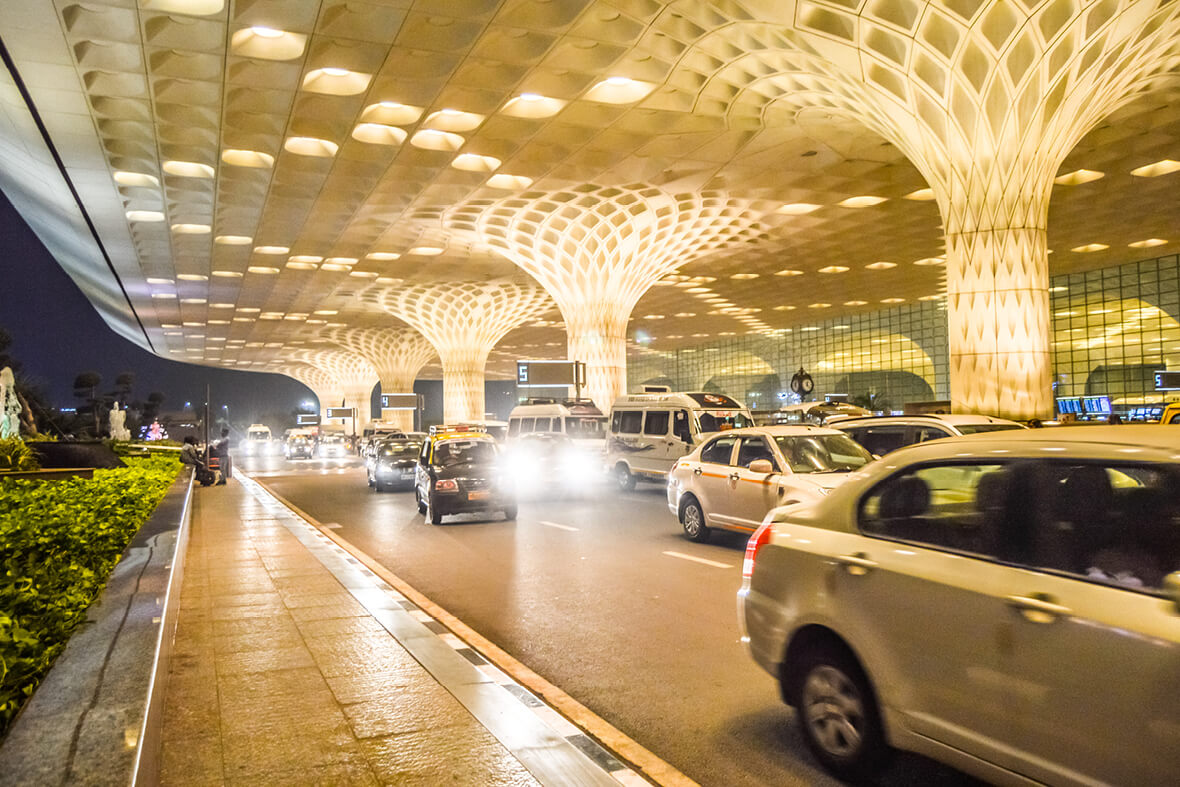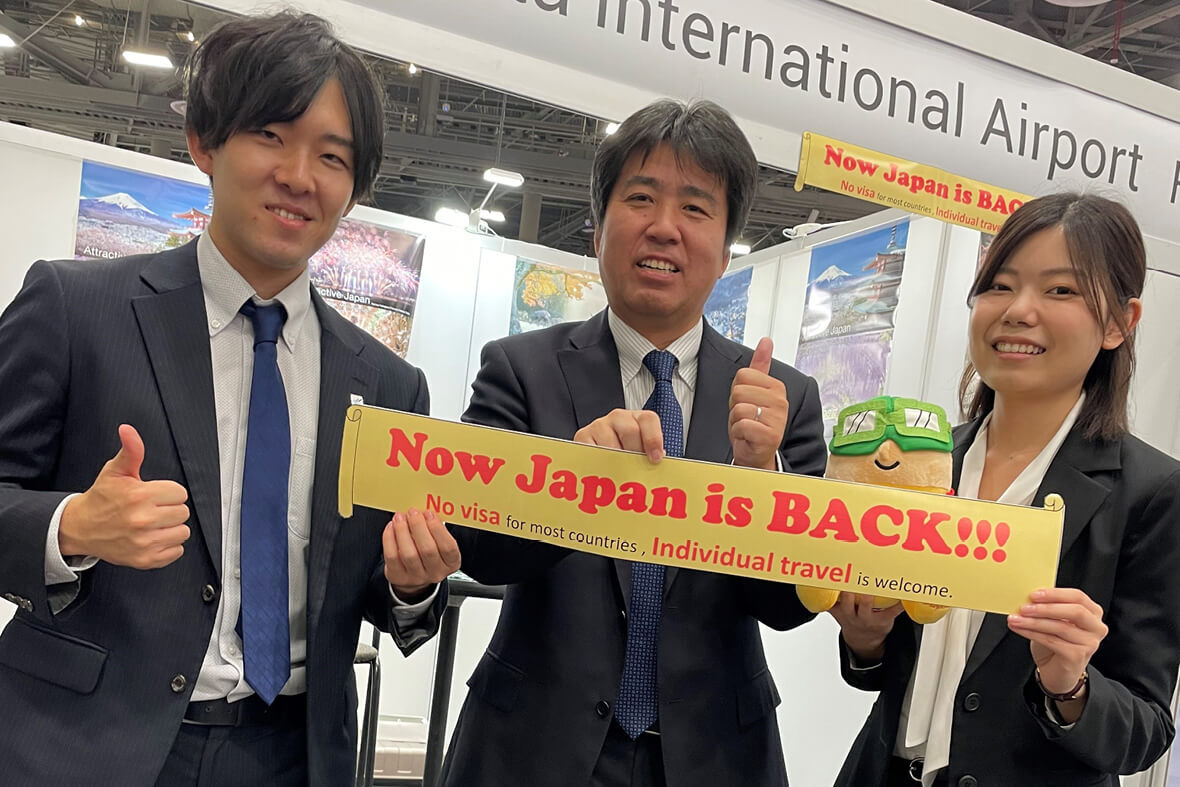Cast your mind back to the start of the year. What were your expectations of 2022 at that time? What was your forecast for the year?
It seems fantastic to recall that many parts of the globe were effectively still closed to international travel in the first three months of 2022 as the Omicron variant of the corona virus proliferated. As we made our plans at this time last year, the hope was that a whole 12 months of international travel freedom were in sight.
It was possible to travel in the January-March period, but it was far from easy. It is easy, however, to forget just what a hassle it was to repeatedly test for Covid, complete complex forms and avoid busy places in anticipation of an overseas mission. I vividly recall the inconvenience of testing for Covid daily after visiting the Singapore Air Show in February, in order to be able to attend the next day.
Contrast this draconian experience with that found on entry to the USA in October to attend the Routes World forum in Las Vegas. The Covid requirements there? Zero.
Industry leaders expect further pandemic breakouts but stress the governmental response should not put a halt to travel again. And some regions are lagging, and still suffering because of it. Asia, and particularly China, has been slow to reopen. We deliberately focused a large chunk of our reporting in the 20-page ARGS report from Routes World on that region’s airports and tourism bodies to gauge the mood and pace of recovery.
All Asia-Pacific players told us that the slow return of China was holding them back. Speaking at the Association of Asia Pacific Airlines’ Assembly of Presidents in Bangkok in November, Conrad Clifford, IATA’s Deputy Director General, summed up the industry mood: “We must learn to live, travel and work with Covid-19. We hope the Chinese government will have the confidence to re-open its borders soon and connect with the world.”
China’s continued closure is one headwind holding the industry back. Others are Russia’s invasion of Ukraine, the ongoing war there and the ripple effect that is having on the global economy. Energy prices are spiralling up and recessionary effects abound.
Despite these headwinds, the mood at Routes in Las Vegas was buoyant. For some it was their first overseas business trip for three years. The competitive edge was there for all to see as airports, tourism bodies and regions jostled for attention. It is all the sharper given that some airlines have capacity constraints, which for many will continue into 2023.
There are structural changes in our industry too. The latest US airline merger is the proposed acquisition of Spirit Airlines by JetBlue Airlines. Tony Harrington reports in this issue of the new-look Indian airline industry with Air India one of those undergoing something of a renaissance as new investors and owners seek to capitalise on a vibrant market.
Consolidation in the ground services industry is also underway. Kuwaiti firm National Aviation Services tied up with Menzies Aviation earlier this year, and in September Singapore’s SATS announced a deal to buy Worldwide Flight Services. We talked to SATS head Kerry Mok to understand the rationale behind the move in this issue. And do not expect these changes to be the last: many believe that more consolidation is well overdue in the ground services arena.
As we enter the final few weeks of the year, one of the most frequently heard comments at recently attended events concerns the resilience of the air transport sector.
It is true, we are resilient. And boy have we needed to be. Now, let’s get planning for 2023. Bring it on.



























